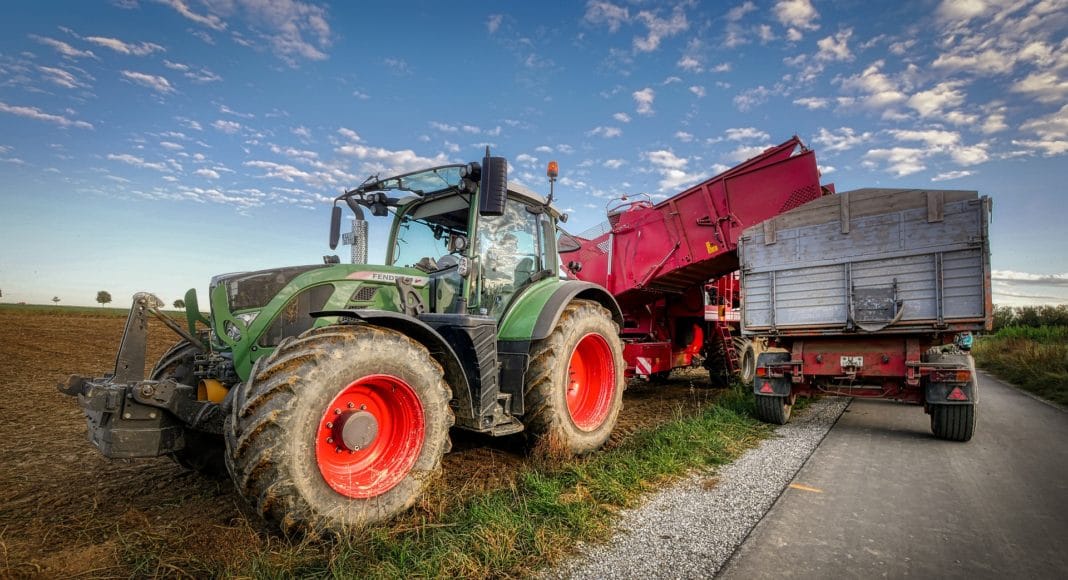I get it: harvest is crazy. When every moment is counted on, it can be very tempting to dig too early in the morning (<45 F) or too dry, to speed up handling lines, to accept rough treatment, and to get a little lax on boom heights. With that said, here is the lowdown: Every year, I receive phone calls from growers after shipping what they thought were perfect looking potatoes and are very unhappy to receive grade reports with low bruise-free potatoes. In every case, we can trace it back to the same problem: unnecessary blackspot bruise caused by less-than-ideal handling.
Blackspot occurs when cells just beneath the potato skin are injured due to impact. While the injury might not cause skin shattering and the cells may not actually rupture, damaged cells will produce a pigment called melanin that turns the tissue gray or black.
Since the blackspot reaction takes several hours to occur, it’s best to assess tubers for damage the day after harvesting. Blackspot injury may be more prevalent during years of higher specific gravity.
As you gear up for harvest, remember:
Too-high drop heights and too-fast belt speeds are the most common causes of blackspot. Operate the harvester and bin piler booms as low as possible and stay within equipment and conveyor speeds that limit bumps and impacts. Since adequate soil moisture is an important part of minimizing blackspot, be extra cautious of harvesting and handling speeds in dry conditions. Irrigate ahead of harvest to keep the soil moist around the tubers to prevent tuber dehydration.
Keep all conveyor belts and chains in good working repair. Maintain a uniform unloading flow of potatoes so that all belts and chains are at full capacity to avoid rollback and reduce drops, but don’t overload.
Keep all drops to six inches or less including the loading boom, keep the unloading stinger conveyor tight to the back of the truck to keep the drop to a minimum, and make sure the boom never sits on top of the potato pile. Make sure the receiving hopper or stinger is well padded and ensure no sharp edges protruding on the sides of the piler. Use the step piling method in storage to minimize roll back.
With good attention to detail, blackspot can be avoided. We always recommend making a few minutes extra at the start of harvest to extra carefully monitor for blackspot, as catching issues early can make a huge difference to ultimate returns.
For more information visit this bruise management information page.
Related Articles
Updated Checklist for a Successful Harvest of the Storage Crop











